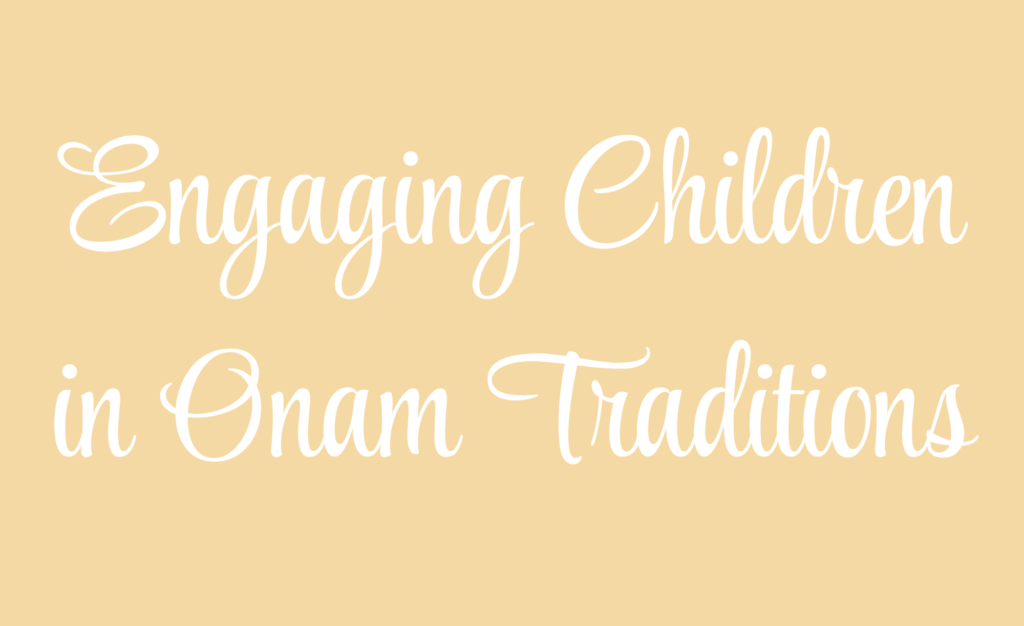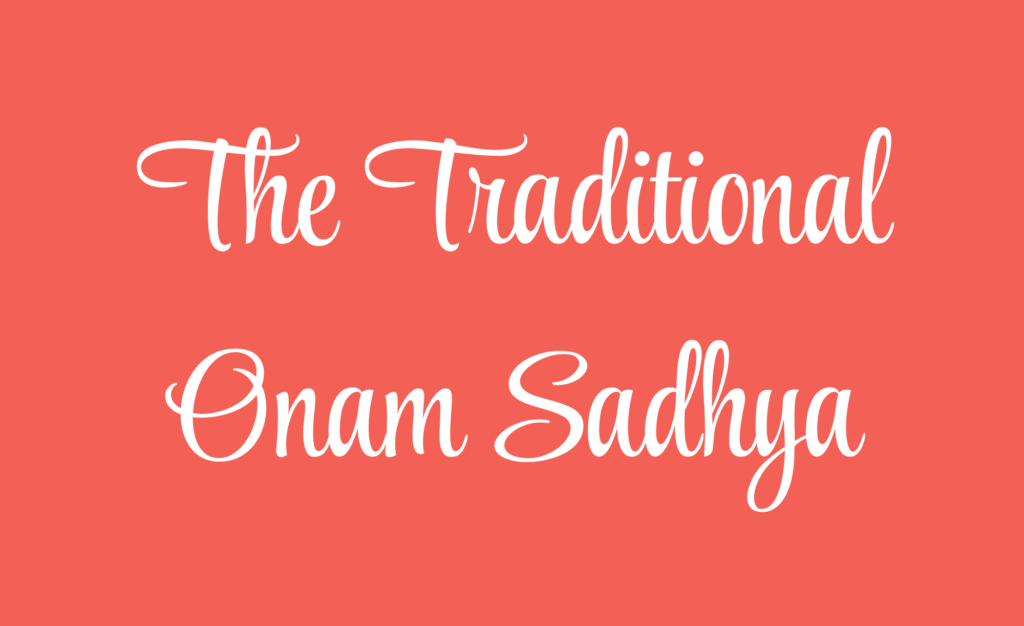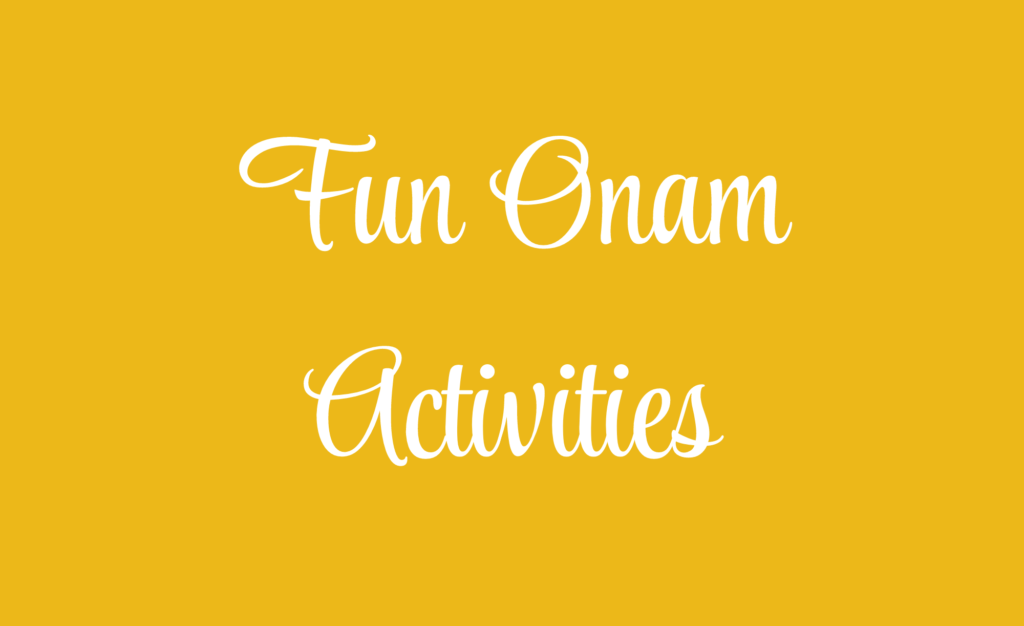Engaging Children in Onam Traditions
Celebrating Onam outside Kerala offers a unique opportunity to involve children in the rich cultural traditions of the festival in fun, creative, and meaningful ways. By adapting traditional Onam games, activities, and rituals, families can ensure that children feel connected to their heritage while enjoying the festivities. Here are some practical ideas to make Onam celebrations engaging and memorable for the younger generation:
Mini Pookalam Competitions
Creating a Pookalam is one of the most iconic activities of Onam. While traditional Pookalams are large and elaborate, you can adapt this tradition for children by encouraging them to create mini Pookalams at home.
- Materials: Use locally available flowers, colored paper, tissue paper, or even eco-friendly materials like leaves and seeds. If fresh flowers are hard to find, colorful powders or rangoli materials can be great alternatives.
- Activity: Set up a family competition where each child creates their own mini Pookalam. Parents can guide younger children in designing simple patterns, while older children can experiment with more complex designs. Display the finished Pookalams in the living room or at the entrance of the home, making it a point of pride for the children.
- Virtual Competitions: If you have family members or friends living in different places, organize a virtual Pookalam competition. Share pictures or videos of the Pookalams via video calls or social media, and vote for the most creative design.
Cooking Together
The Onam Sadhya is a feast that brings the family together, and involving children in the preparation process can make it even more special.
- Kid-Friendly Recipes: Choose simple dishes that children can help with, such as making banana chips, stirring payasam, or arranging the Sadhya dishes on banana leaves. For younger children, you can create a mini Sadhya with their favorite dishes, allowing them to participate without feeling overwhelmed.
- Interactive Learning: Use the cooking process to teach children about the different ingredients and their significance in Kerala cuisine. Explain the traditional methods of preparation, and allow children to ask questions and share their thoughts.
- Family Recipe Sharing: If you have family recipes passed down through generations, involve children in writing them down or even creating a family recipe book. This can be a wonderful way to preserve culinary traditions and pass them on to the next generation.
Storytelling Sessions
Onam is deeply rooted in the legend of King Mahabali, and storytelling is a powerful way to keep this tradition alive.
- Interactive Storytelling: Instead of simply narrating the story, make it interactive by using puppets, illustrations, or even acting out the story with the children. Encourage them to ask questions and discuss the moral values of the story, such as generosity, humility, and kindness.
- Family Story Time: Set aside a specific time during the Onam celebrations for a storytelling session where grandparents or elders share their memories of Onam from their childhood. This not only entertains but also helps children understand the cultural significance of the festival.
- Modern Twists: Encourage children to create their own versions of the Onam story or imagine what King Mahabali would do if he visited today. This can lead to creative discussions and help children connect with the story in a contemporary context.
Onam Craft Activities
Craft activities are a great way to engage children and help them connect with Onam traditions in a hands-on way.
- Pulikali Masks: Provide materials for children to create their own Pulikali (tiger dance) masks using paper plates, paint, and markers. Once the masks are made, children can perform their own Pulikali dance at home or with friends.
- Kathakali Faces: Use printed templates or draw outlines of Kathakali faces, and let children color and decorate them. This can be a fun way to introduce them to the intricate makeup and costumes of this traditional dance form.
- Paper Boat Vallam Kali: Create paper boats using origami techniques to simulate Vallam Kali (boat races). Children can decorate the boats with colorful designs and race them in a small pool, bathtub, or even a large basin. This activity can be combined with a discussion on the importance of teamwork and cooperation in Vallam Kali.
Dress-Up Traditions
Wearing traditional attire is an important part of Onam celebrations, and it can be a fun way for children to connect with their cultural heritage.
- Traditional Outfits: Encourage children to dress up in traditional Kerala attire, such as mundu for boys and pattu pavada for girls. Explain the cultural significance of these clothes and the pride associated with wearing them during festivals.
- Recycling and DIY: Use existing dolls or toys to dress them up in miniature versions of traditional Kerala outfits. Recycle old Indian fabrics or outfits at home to create new looks for the dolls, allowing children to engage in imaginative play while learning about their culture.
- Dress-Up Games: Organize a dress-up competition within the family or community where children can showcase their traditional attire. This can be combined with a small parade or fashion show, adding an element of fun and celebration.
Traditional Games Adapted for Modern Times
Traditional games are a joyful part of Onam celebrations, and they can be easily adapted for modern play, ensuring that children experience the fun and cultural significance of these activities.
- Thalapanthukali (Ball Game): This game involves a ball made of coconut leaves, but you can create a lightweight ball using crumpled newspaper or a small soft toy wrapped in fabric or paper. Set up the game in the backyard or a local park, and encourage friendly competition and teamwork.
- Uriyadi (Pot Breaking Game): Adapt this traditional game by creating a piñata in the shape of a pot, filling it with candies, toys, or small gifts. Hang the piñata in a backyard or living room, and let the children take turns trying to break it, mimicking the traditional game’s elements.
- Kuttiyum Kolum (Boy and Cane): Use a tennis ball and a small wooden stick or plastic bat to play this game in a park or backyard. If outdoor space is limited, create a tabletop version using small sticks or straws, allowing children to experience the game in a new and creative way.
Creating an Urumbinulla Sadhya
The beauty of Onam lies in the concept of seeing all living beings as one. This is reflected in the legend of Mahabali and songs sung during Onam, evoking the message that Onam and Onasadya are for all. One ritual based on this concept is ‘urumbinulla sadhya,’ meaning Sadhya for ants, served on the evening of Thiruvonam.
In this ritual, a dish made with rice flour, scraped coconut, and jaggery is placed on tender banana leaves in the four corners of the house, as it is believed that ants accompany Mahabali on his annual visit to the earth from the netherworld. This practice, prevalent in regions like Kuttanad, Kottayam, and north Malabar, teaches children the importance of treating all creatures with kindness and respect.
- Athapookalam and Handprints: Engage children in creating an Athapookalam with rice flour or making handprints on the walls, symbolizing the welcoming of all beings during Onam. This creative and educational activity ties into the broader themes of the festival.
- Cattle Decoration Activity: In South Travancore, cattle are honored during Onam. If possible, involve children in this tradition by helping to bathe and decorate the animals. This can be adapted to include animal toys for teaching little children the value of caring for animals.
Engaging children in Onam traditions outside Kerala requires creativity, flexibility, and a willingness to adapt. By incorporating these games and activities into your celebrations, you can make Onam a memorable and meaningful experience for the younger generation. Whether through storytelling, cooking, crafting, dressing up, or playing traditional games, children can connect with their cultural heritage in ways that are both fun and educational. These activities not only preserve the essence of Onam but also create new memories that will be cherished for years to come, ensuring that the spirit of this beautiful festival continues to thrive across generations, no matter where in the world you are.






